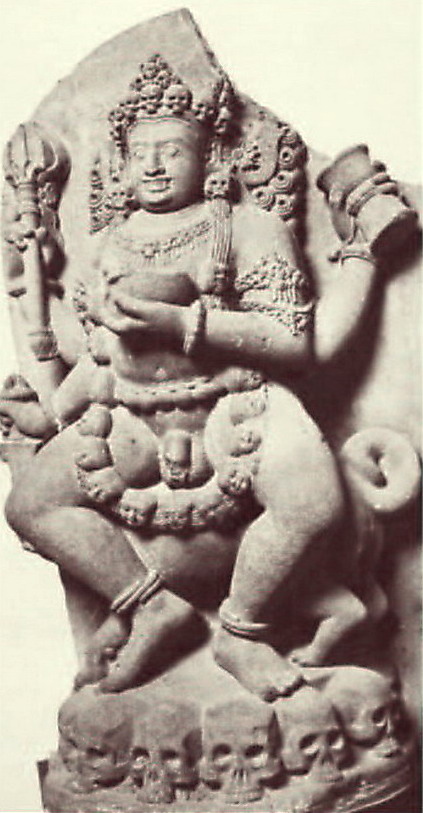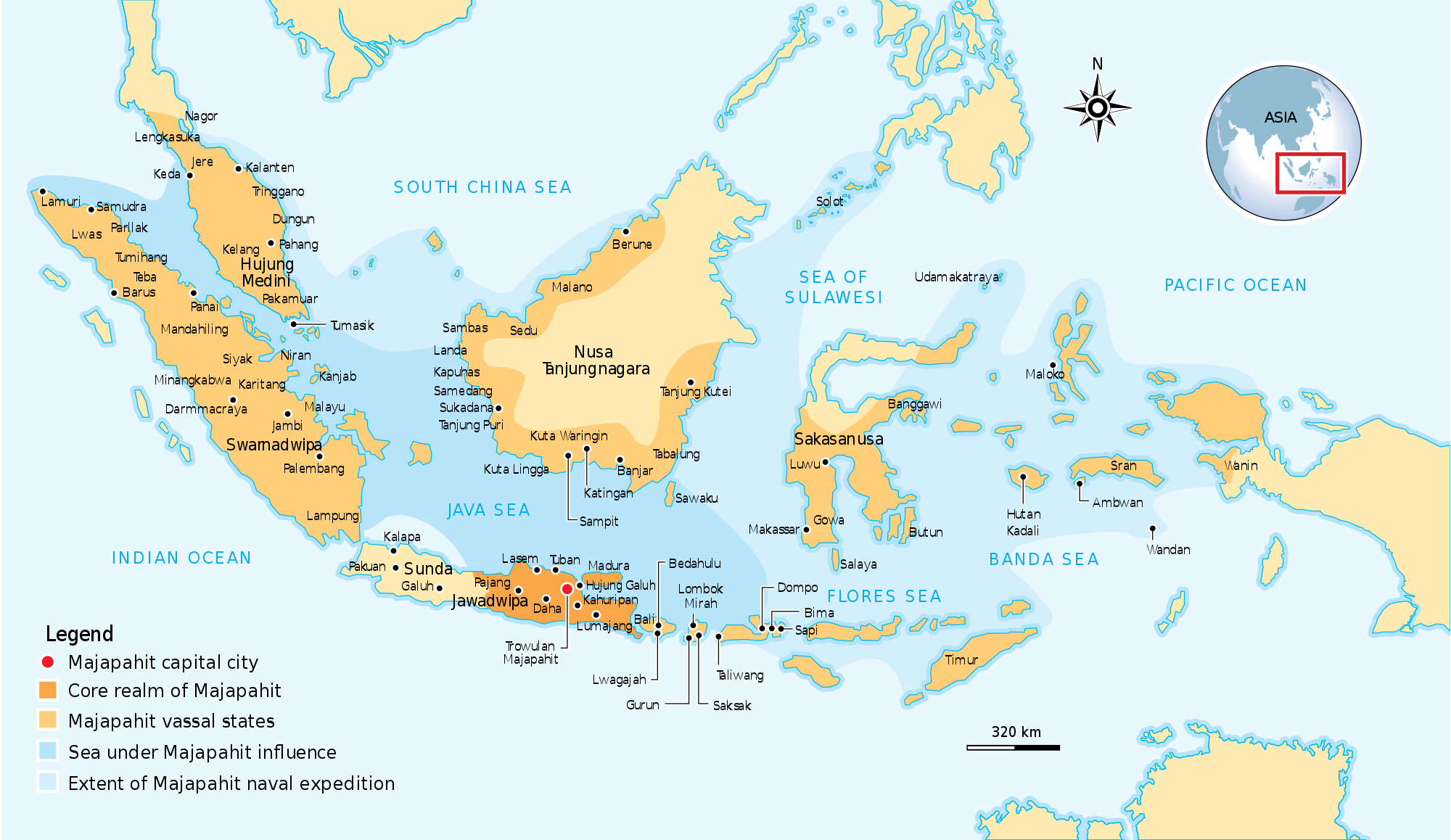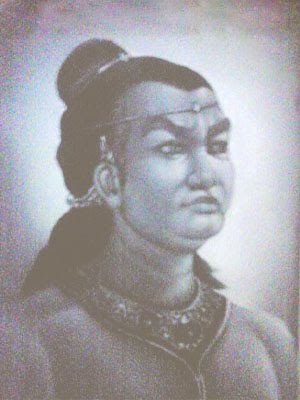
Originally Posted by
Tangawizi 
Can the Quran really be re-interpretated to be more tolerant and peaceful? How?
As many religious scriptures, some might be contain inconsistency or even contradiction, peaceful messages in most of its side, and some might be interpreted as warlike or intolerance on other parts. There is a choice to leave the religion altogether or reform it bit by bit (by defining interpretation). Indonesian already have base wisdom and kindness remnant of our native values and Hindu-Buddhist past, it is uneasy to completely eradicate that and supplanted to Mideastern values. I do the selective adhering of verses, by highlighting the more kind, peaceful and benevolent parts and ignoring violent parts. However unfortunately the hardliners also doing the same method but on different angles, ignoring the benevolent and adhering the violent. In my case I put attention on Rahman and Rahim (merciful and benevolent) attribute of God, and Rahmatan lil Alamin (blessing for universe) attribute of Islam. Islam should be merciful, benevolent, and blessings for all, even to non muslims.

Originally Posted by
Sumpit 
@Easy772
Always wondered how they know this is Raden Wijaya, I mean it has more than 2 arms shouldn't it be Shiva? If not, what does the statue + background say?
In ancient Java the, king is considered to have divine authority, or often regarded as the incarnation of certain God upon the mortal world. For example the king Kameshvara of Kadiri were considered the incarnation of Kamadeva (God of love), since he was strikingly handsome. The concept of God-King, Dewa Raja, Ratu ing Jagad or Kamraten Jagad were shared in Java since Medang Mataram kingdom, and also in Cambodia, and to some extent to Siam. If the king deceased (died) his soul would be reunited with this certain God, (usually a God the king prefer).

Kertanegara depicted as Bhairava
Some insription mentioned that Raden Wijaya or Kertarajasa Jayawardhana was "didharmakan" in Simping. The candi pedharmaan is the mortuary temple dedicated to the late personage, king, queen, prince, nobles, notable priest etc. The temple is a mortuary temple to send, and prepared the soul for next journey and to honor the King's soul. In Wijaya case he was considered as the incarnation of Harihara, the God amalgamation of both Shiva and Vishnu. So you have it, the laksana (attribute, hands gesture, symbols, regalia etc.) are those of Harihara, but the face and body type are highly possible modeled after the king himself. Here we can learn, based on the statue's body type that Raden Wijaya has medium ideal weight and actually quite muscular, while Kertanegara of Singhasari is bulky and rather fat.

Majapahit foot soldiers wear no armour but only shields and kris or spear. It has something to do with tropical heat, agility and probably the scarcity of metals to make armour.

Balinese kings and nobles basicly wore the same fashion like Majapahit nobles, here are the King of Buleleng.
However I believe generals and high rank officers and king wear armour during battle like this one.

 ²
²



 Quote
Quote (Bali)
(Bali)













